 Technology peripherals
Technology peripherals
 AI
AI
 The generation speed is twice as fast as SDXL, and it can also run on 9GB GPU. Stable Cascade is here to improve the price/performance ratio.
The generation speed is twice as fast as SDXL, and it can also run on 9GB GPU. Stable Cascade is here to improve the price/performance ratio.
The generation speed is twice as fast as SDXL, and it can also run on 9GB GPU. Stable Cascade is here to improve the price/performance ratio.
Hardware requirements are getting lower and lower, and the generation speed is getting faster and faster.
As a pioneer of text-to-image, Stability AI not only leads the trend, but also continues to make new breakthroughs in model quality. This time, it achieved a breakthrough in cost performance.
Just a few days ago, Stability AI made another new move: the research preview version of Stable Cascade was launched. This text-to-image model innovates by introducing a three-stage approach that sets new benchmarks for quality, flexibility, fine-tuning, and efficiency, with a focus on further removing hardware barriers. In addition, Stability AI releases training and inference code that allows further customization of the model and its output. The model is available for inference in the diffusers library. This model is released under a non-commercial license, allowing non-commercial use only.

- Original link: https://stability.ai/news/introducing-stable-cascade
- Code address: https://github.com/Stability-AI/StableCascade
- Experience address: https://huggingface.co/spaces/multimodalart/stable-cascade

## Source: https://twitter.com/multimodalart/status/1757391981074903446Stable Cascade is extremely fast to generate. X platform user @GozukaraFurkan posted that it only requires about 9GB of GPU memory, and the speed can still be maintained well.

Netizen During the generation process, it was found that the new model has significantly improved in composition and details, and text generation has made great progress: the accuracy of generating shorter words/phrases is relatively high, and long sentences can also be completed with a certain probability (English only). The integration of text and images is also very good.
 ## Picture source: https://twitter.com/ZHOZHO672070/status/1757779330443215065
## Picture source: https://twitter.com/ZHOZHO672070/status/1757779330443215065
## 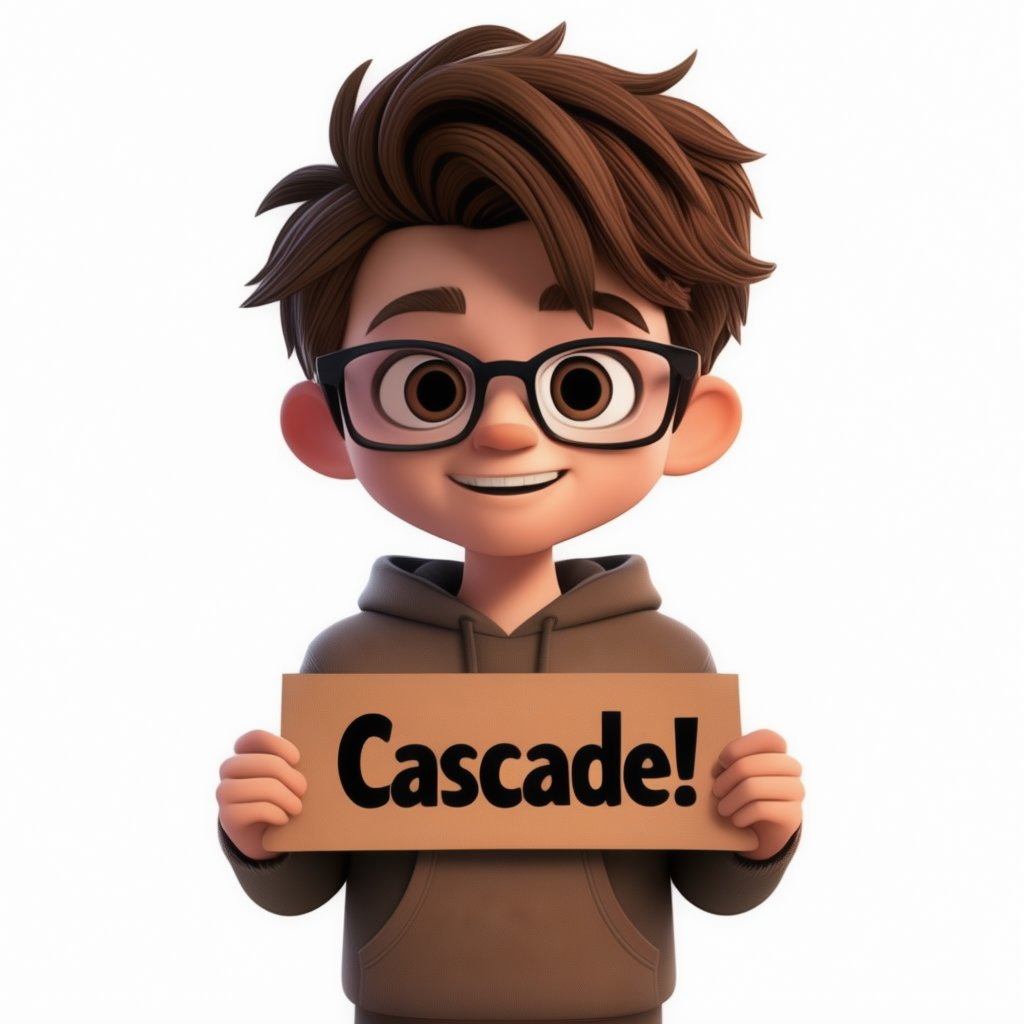
#User @AIWarper tried a few different Artist Style Test.
prompt: Nightmare on Elm Street. Artist style references are as follows: Makoto Shinkai top left, Tomer Hanuka bottom left, Raphael Kirchner top right, Takato Yamamoto bottom right.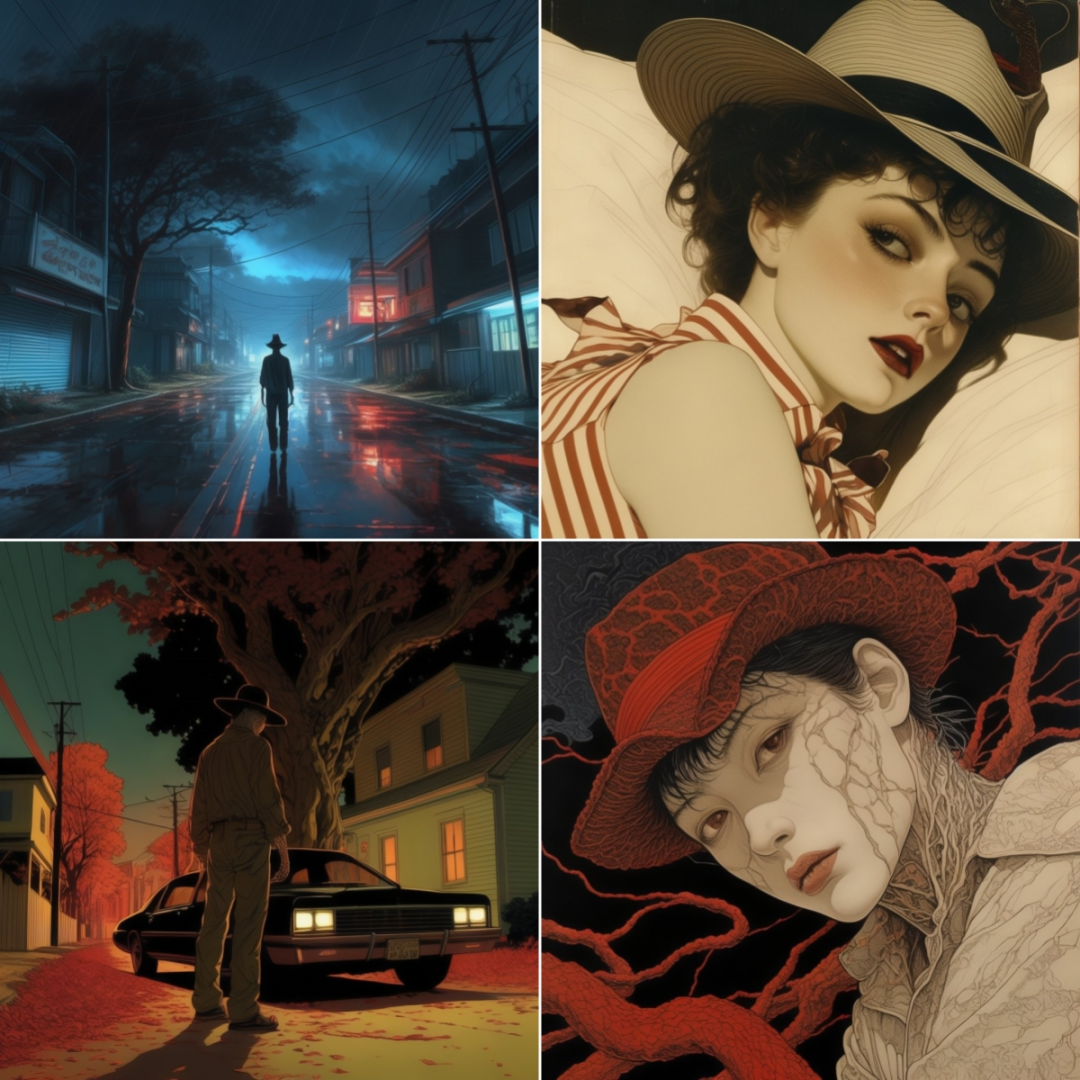
However, when generating the character's face, you can find that the character's skin details are not very good, and it feels like "tenth-level skin grinding".
## Source: https://twitter.com/vitor_dlucca/status/1757511080287355093
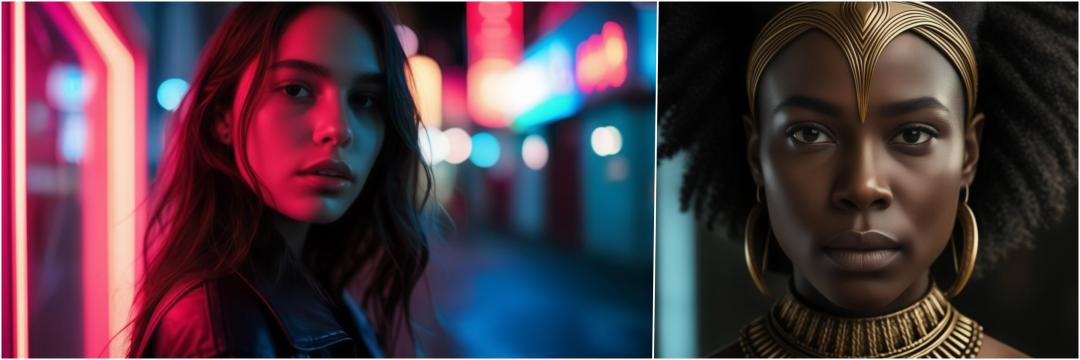
Stable Cascade differs from the Stable Diffusion model family in that it is built on a pipeline consisting of three different models: Stages A, B, and C. This architecture can perform hierarchical compression of images and utilize a highly compressed latent space to achieve superior output. How do these parts fit together?
The latent image generator stage (stage C) converts user input into a compact 24x24 latent representation, which is then passed to the latent decoder stage (stages A and B) for compressing the image, similar to VAE in Stable Diffusion works, but enables higher compression.
By decoupling text condition generation (stage C) from decoding to high-resolution pixel space (stages A and B), we can complete additional training or fine-tuning on stage C, including ControlNets and LoRA , the cost can be reduced to one sixteenth of that of training a similarly sized Stable Diffusion model. Stages A and B can optionally be fine-tuned for additional control, but this will be similar to fine-tuning the VAE in the Stable Diffusion model. In most cases, the benefits of doing so are minimal. Therefore, for most purposes, Stability AI officially recommends training only Phase C and using the original state from Phases A and B.
Phases C and B will release two different models: 1B and 3.6B parameter models for Phase C, and 700M and 1.5B parameter models for Phase B. A model with 3.6B parameters is recommended for Stage C as this model has the highest quality output. However, for those who wish to have the minimum hardware requirements, a 1B parameter version is available. For Stage B, both releases achieve good results, but the 1.5B parameter version performs better in terms of reconstruction detail. Thanks to Stable Cascade's modular approach, the expected VRAM requirements for inference can be kept to about 20GB. This can be further reduced by using smaller variants, with the caveat that this may also reduce the final output quality.
Comparison
In the evaluation, Stable Cascade performed best in terms of prompt alignment and aesthetic quality compared to almost all models compared. The figure below shows the results of human evaluation using a mixture of parti-prompts and aesthetic prompts:
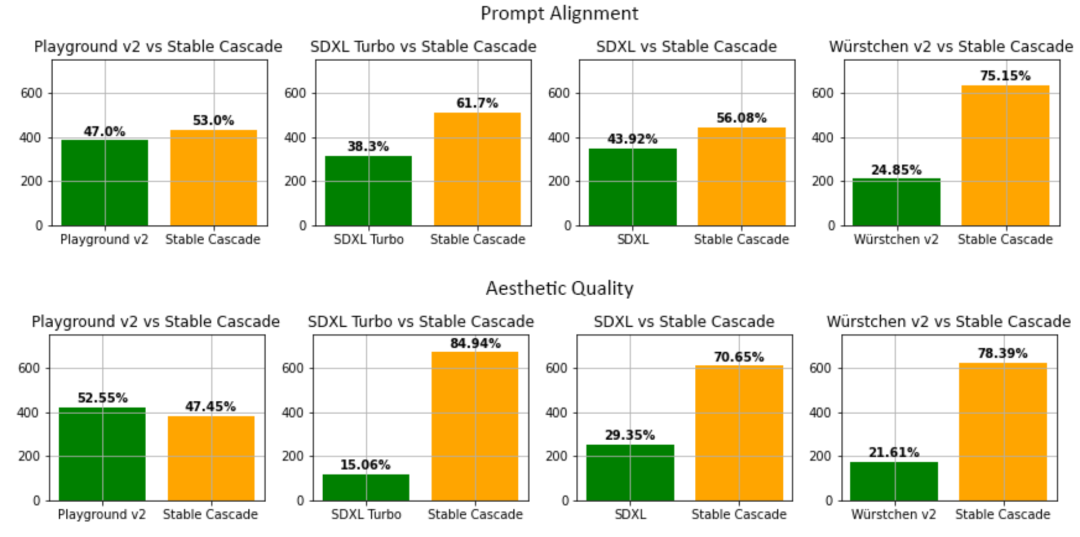
Stable Cascade (30 inference steps) vs. Playground v2 (50 inference steps), SDXL (50 inference steps), SDXL Turbo (1 inference step) and Würstchen v2 (30 inference steps) compared
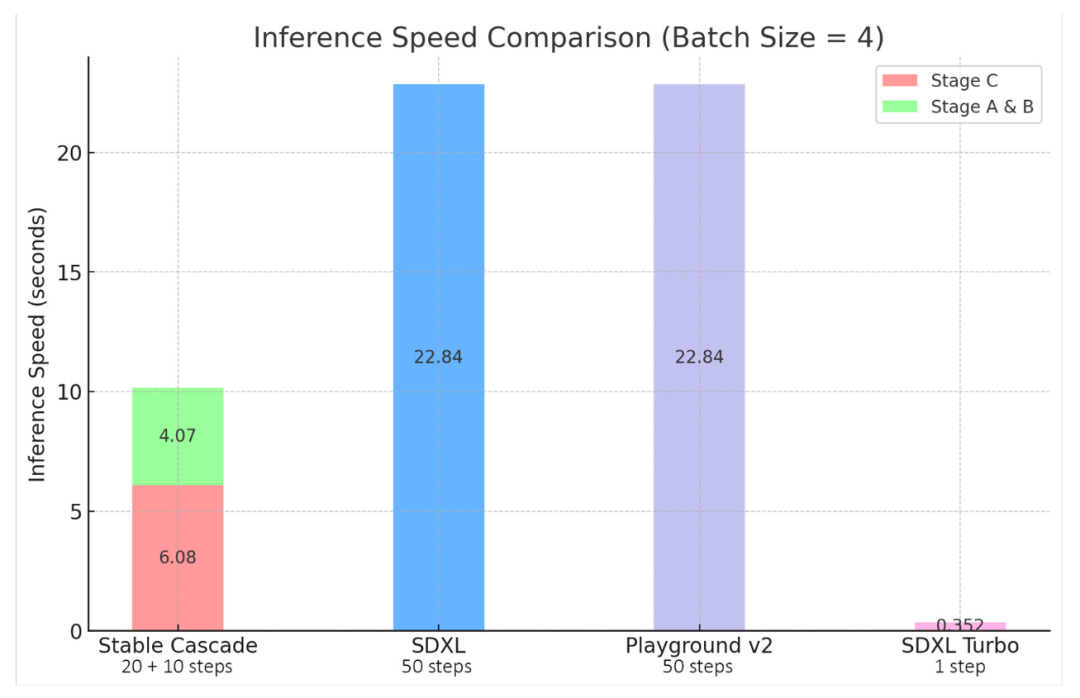
# Stable Cascade, SDXL, Playground V2 and SDXL Turbo Difference and higher compression potential space are demonstrated. Even though the largest model has 1.4B more parameters than Stable Diffusion XL, it still has faster inference times.
Additional FeaturesIn addition to standard text-to-image generation, Stable Cascade can also generate image variations and image-to-image generation. Image variants extract image embeddings from a given image using CLIP and return them to the model. The image below is sample output. The image on the left shows the original image, while the four to its right are the generated variants.
#Image to image generates an image by simply adding noise to a given image and then using that as a starting point. Below is an example of adding noise to the image on the left and then generating it from there.
Code for training, fine-tuning, ControlNet and LoRA
With the release of Stable Cascade, Stability AI will be released for training ,fine-tuned all code for ControlNet and LoRA to reduce the ,requirements for further experimentation with this architecture. Here are some ControlNets that will be released with the model: Patch/Expand: Enter an image and add a mask to match the text prompt. The model will then fill in the masked portion of the image based on the provided text hints.
#Canny Edge: Generates a new image based on the edges of an existing image input to the model. According to Stability AI testing, it can also scale sketches.
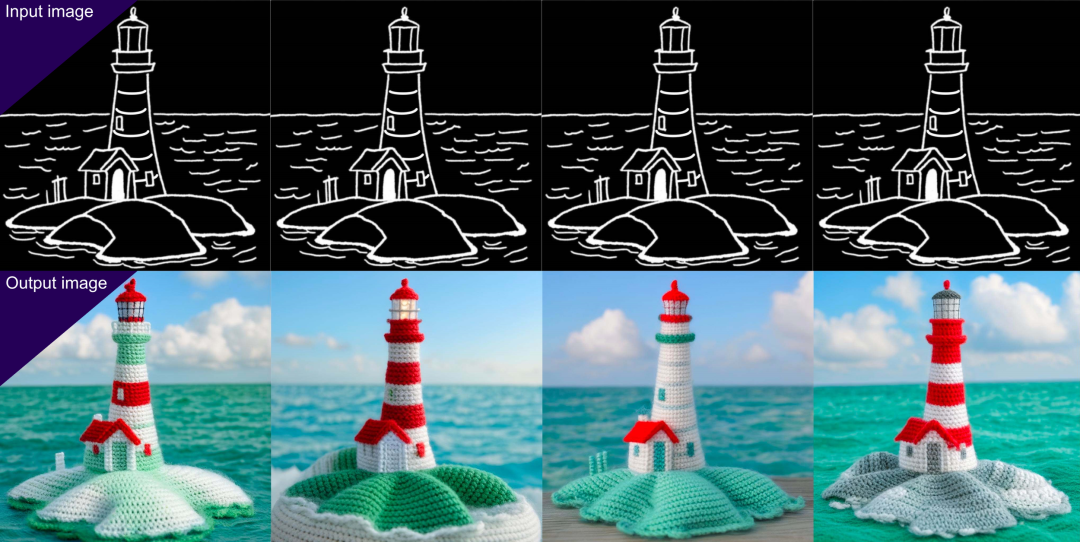 # This is the sketch of the input model, and the bottom is output results
# This is the sketch of the input model, and the bottom is output results
## 2x super-resolution: Upscaling the resolution of an image to 2x its side length, e.g. converting a 1024 x 1024 image to a 2048 x 2048 output, can also be used for the latent representation generated by stage C. Do you like this price/performance ratio? 
The above is the detailed content of The generation speed is twice as fast as SDXL, and it can also run on 9GB GPU. Stable Cascade is here to improve the price/performance ratio.. For more information, please follow other related articles on the PHP Chinese website!

Hot AI Tools

Undresser.AI Undress
AI-powered app for creating realistic nude photos

AI Clothes Remover
Online AI tool for removing clothes from photos.

Undress AI Tool
Undress images for free

Clothoff.io
AI clothes remover

AI Hentai Generator
Generate AI Hentai for free.

Hot Article

Hot Tools

Notepad++7.3.1
Easy-to-use and free code editor

SublimeText3 Chinese version
Chinese version, very easy to use

Zend Studio 13.0.1
Powerful PHP integrated development environment

Dreamweaver CS6
Visual web development tools

SublimeText3 Mac version
God-level code editing software (SublimeText3)

Hot Topics
 DeepMind robot plays table tennis, and its forehand and backhand slip into the air, completely defeating human beginners
Aug 09, 2024 pm 04:01 PM
DeepMind robot plays table tennis, and its forehand and backhand slip into the air, completely defeating human beginners
Aug 09, 2024 pm 04:01 PM
But maybe he can’t defeat the old man in the park? The Paris Olympic Games are in full swing, and table tennis has attracted much attention. At the same time, robots have also made new breakthroughs in playing table tennis. Just now, DeepMind proposed the first learning robot agent that can reach the level of human amateur players in competitive table tennis. Paper address: https://arxiv.org/pdf/2408.03906 How good is the DeepMind robot at playing table tennis? Probably on par with human amateur players: both forehand and backhand: the opponent uses a variety of playing styles, and the robot can also withstand: receiving serves with different spins: However, the intensity of the game does not seem to be as intense as the old man in the park. For robots, table tennis
 The first mechanical claw! Yuanluobao appeared at the 2024 World Robot Conference and released the first chess robot that can enter the home
Aug 21, 2024 pm 07:33 PM
The first mechanical claw! Yuanluobao appeared at the 2024 World Robot Conference and released the first chess robot that can enter the home
Aug 21, 2024 pm 07:33 PM
On August 21, the 2024 World Robot Conference was grandly held in Beijing. SenseTime's home robot brand "Yuanluobot SenseRobot" has unveiled its entire family of products, and recently released the Yuanluobot AI chess-playing robot - Chess Professional Edition (hereinafter referred to as "Yuanluobot SenseRobot"), becoming the world's first A chess robot for the home. As the third chess-playing robot product of Yuanluobo, the new Guoxiang robot has undergone a large number of special technical upgrades and innovations in AI and engineering machinery. For the first time, it has realized the ability to pick up three-dimensional chess pieces through mechanical claws on a home robot, and perform human-machine Functions such as chess playing, everyone playing chess, notation review, etc.
 Claude has become lazy too! Netizen: Learn to give yourself a holiday
Sep 02, 2024 pm 01:56 PM
Claude has become lazy too! Netizen: Learn to give yourself a holiday
Sep 02, 2024 pm 01:56 PM
The start of school is about to begin, and it’s not just the students who are about to start the new semester who should take care of themselves, but also the large AI models. Some time ago, Reddit was filled with netizens complaining that Claude was getting lazy. "Its level has dropped a lot, it often pauses, and even the output becomes very short. In the first week of release, it could translate a full 4-page document at once, but now it can't even output half a page!" https:// www.reddit.com/r/ClaudeAI/comments/1by8rw8/something_just_feels_wrong_with_claude_in_the/ in a post titled "Totally disappointed with Claude", full of
 At the World Robot Conference, this domestic robot carrying 'the hope of future elderly care' was surrounded
Aug 22, 2024 pm 10:35 PM
At the World Robot Conference, this domestic robot carrying 'the hope of future elderly care' was surrounded
Aug 22, 2024 pm 10:35 PM
At the World Robot Conference being held in Beijing, the display of humanoid robots has become the absolute focus of the scene. At the Stardust Intelligent booth, the AI robot assistant S1 performed three major performances of dulcimer, martial arts, and calligraphy in one exhibition area, capable of both literary and martial arts. , attracted a large number of professional audiences and media. The elegant playing on the elastic strings allows the S1 to demonstrate fine operation and absolute control with speed, strength and precision. CCTV News conducted a special report on the imitation learning and intelligent control behind "Calligraphy". Company founder Lai Jie explained that behind the silky movements, the hardware side pursues the best force control and the most human-like body indicators (speed, load) etc.), but on the AI side, the real movement data of people is collected, allowing the robot to become stronger when it encounters a strong situation and learn to evolve quickly. And agile
 Li Feifei's team proposed ReKep to give robots spatial intelligence and integrate GPT-4o
Sep 03, 2024 pm 05:18 PM
Li Feifei's team proposed ReKep to give robots spatial intelligence and integrate GPT-4o
Sep 03, 2024 pm 05:18 PM
Deep integration of vision and robot learning. When two robot hands work together smoothly to fold clothes, pour tea, and pack shoes, coupled with the 1X humanoid robot NEO that has been making headlines recently, you may have a feeling: we seem to be entering the age of robots. In fact, these silky movements are the product of advanced robotic technology + exquisite frame design + multi-modal large models. We know that useful robots often require complex and exquisite interactions with the environment, and the environment can be represented as constraints in the spatial and temporal domains. For example, if you want a robot to pour tea, the robot first needs to grasp the handle of the teapot and keep it upright without spilling the tea, then move it smoothly until the mouth of the pot is aligned with the mouth of the cup, and then tilt the teapot at a certain angle. . this
 ACL 2024 Awards Announced: One of the Best Papers on Oracle Deciphering by HuaTech, GloVe Time Test Award
Aug 15, 2024 pm 04:37 PM
ACL 2024 Awards Announced: One of the Best Papers on Oracle Deciphering by HuaTech, GloVe Time Test Award
Aug 15, 2024 pm 04:37 PM
At this ACL conference, contributors have gained a lot. The six-day ACL2024 is being held in Bangkok, Thailand. ACL is the top international conference in the field of computational linguistics and natural language processing. It is organized by the International Association for Computational Linguistics and is held annually. ACL has always ranked first in academic influence in the field of NLP, and it is also a CCF-A recommended conference. This year's ACL conference is the 62nd and has received more than 400 cutting-edge works in the field of NLP. Yesterday afternoon, the conference announced the best paper and other awards. This time, there are 7 Best Paper Awards (two unpublished), 1 Best Theme Paper Award, and 35 Outstanding Paper Awards. The conference also awarded 3 Resource Paper Awards (ResourceAward) and Social Impact Award (
 Hongmeng Smart Travel S9 and full-scenario new product launch conference, a number of blockbuster new products were released together
Aug 08, 2024 am 07:02 AM
Hongmeng Smart Travel S9 and full-scenario new product launch conference, a number of blockbuster new products were released together
Aug 08, 2024 am 07:02 AM
This afternoon, Hongmeng Zhixing officially welcomed new brands and new cars. On August 6, Huawei held the Hongmeng Smart Xingxing S9 and Huawei full-scenario new product launch conference, bringing the panoramic smart flagship sedan Xiangjie S9, the new M7Pro and Huawei novaFlip, MatePad Pro 12.2 inches, the new MatePad Air, Huawei Bisheng With many new all-scenario smart products including the laser printer X1 series, FreeBuds6i, WATCHFIT3 and smart screen S5Pro, from smart travel, smart office to smart wear, Huawei continues to build a full-scenario smart ecosystem to bring consumers a smart experience of the Internet of Everything. Hongmeng Zhixing: In-depth empowerment to promote the upgrading of the smart car industry Huawei joins hands with Chinese automotive industry partners to provide
 AI in use | Microsoft CEO's crazy Amway AI game tortured me thousands of times
Aug 14, 2024 am 12:00 AM
AI in use | Microsoft CEO's crazy Amway AI game tortured me thousands of times
Aug 14, 2024 am 12:00 AM
Editor of the Machine Power Report: Yang Wen The wave of artificial intelligence represented by large models and AIGC has been quietly changing the way we live and work, but most people still don’t know how to use it. Therefore, we have launched the "AI in Use" column to introduce in detail how to use AI through intuitive, interesting and concise artificial intelligence use cases and stimulate everyone's thinking. We also welcome readers to submit innovative, hands-on use cases. Oh my God, AI has really become a genius. Recently, it has become a hot topic that it is difficult to distinguish the authenticity of AI-generated pictures. (For details, please go to: AI in use | Become an AI beauty in three steps, and be beaten back to your original shape by AI in a second) In addition to the popular AI Google lady on the Internet, various FLUX generators have emerged on social platforms





